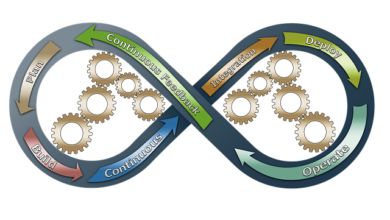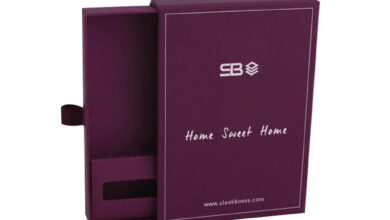Custom Gift Boxes for Displaying and Promoting Home Fragrance Sets
Thinking about smart and scintillating packaging solution for showcasing your home fragrance collection? Want to reward your loyal shoppers by sending freebie diffuser refills and surprise items? Use beautifully designed and printed gift boxes for these endeavors. Winsome packaging for presenting the bundled up home scent items as worth liking gifts would help you with selling more. The boxes will significantly support you with getting recognition in the industry and building a memorable brand image with the target audience. Decorative packaging would appeal to the senses of the prospective customers looking for fragrant burning oils and other items that can improve the air quality and ambiance of homes.
Custom gift boxes would add embellishing touch to the fragrance sets with worth checking out items. Packaging that is delightful and detailed would sway the shoppers into getting an overview of the products and choose a set according to their liking. You can make the signature diffusers’ attention-grabbing for the potential buyers by displaying them in striking boxes for gifts. The packaging would make the consumers feel elated with the purchase who order from you online. You can add a discount card or voucher within the boxes for giving more to the shoppers. Packaging for home fragrances’ gifts should be printed using an enthralling layout.
You should sign up with a skilled printer to get the boxes custom printed professionally, do take into account the following tips!
Packaging with Floral and Funky Artwork
Boxes for home fragrance items ought to have a flowery and lively design. When selecting the images, color scheme, and font style for the various sets, make sure that you choose details that define the product and add glam to the packaging design. Custom gift boxes should be captivating and colorful; they ought to have that enrapturing touch which makes the shoppers want to know the fragrance notes of all the packaged products.
Gift Boxes’ Printing with Customized Inserts
Home fragrance bundled up items like candles, diffuser bottles, and burning oils are susceptible to breakage and getting affected by heat and moisture especially during delivery. You should get the packaging printed with inserts that perfectly fit and support each of the products. Tell the size dimensions of various items clearly to the printer; do ask the specifications of the stock to be used for the boxes and inserts. Make sure that the printing material has the finest texture and strength.
Packaging that piques the Curiosity of Customers
Boxes for home fragrances gifts should be interesting enough to pique the curiosity of potential buyers. You can use nature-inspired themes and other ideas for the packaging to make it engaging for the customers; either use amusing pictorial or text details to add enticing appeal to the packaging. You can give fun facts about the flowers that have been used in various home scents items. The boxes should have a brief insight into your brand and the reasons that make it differentiating.
The Legacy Printing is the custom box manufacturing company that businesses commend for its minimal production time, meticulous attention to design, and always delivering the orders on time.
Packaging should have lids or flaps to make handling convenient for the consumers. The boxes with your brand’s logo would make your business credentials recallable for the home fragrances shoppers. You can connect and communicate with the target customers through personalized packaging.
Read More Articles On: My Article Diary


